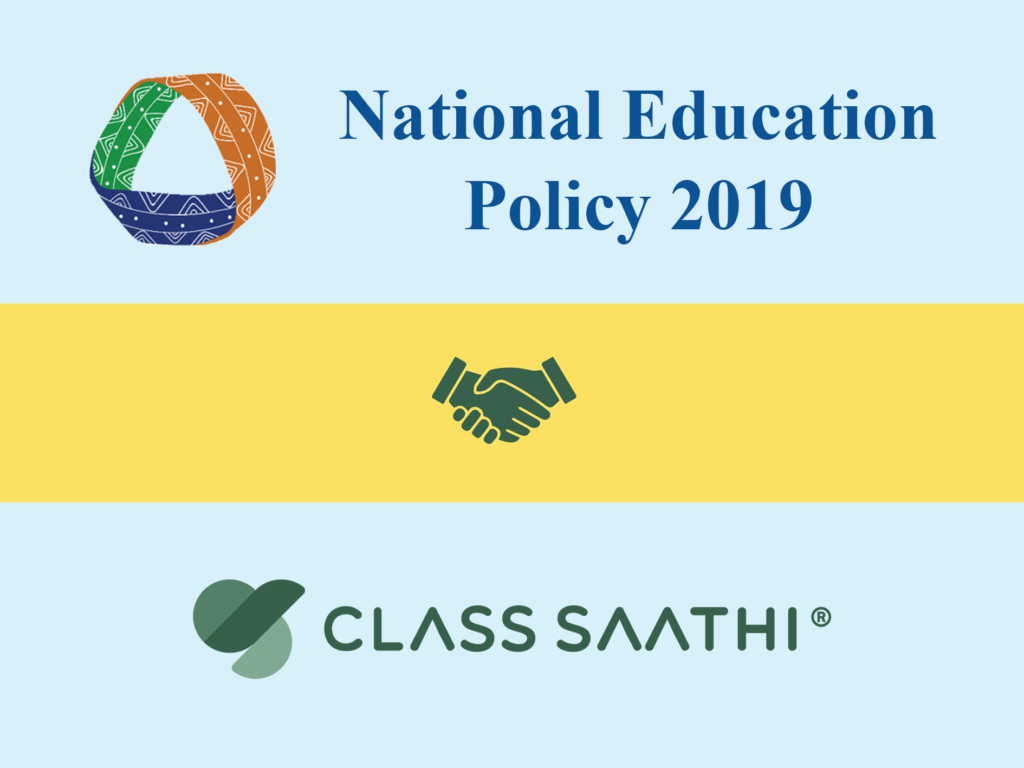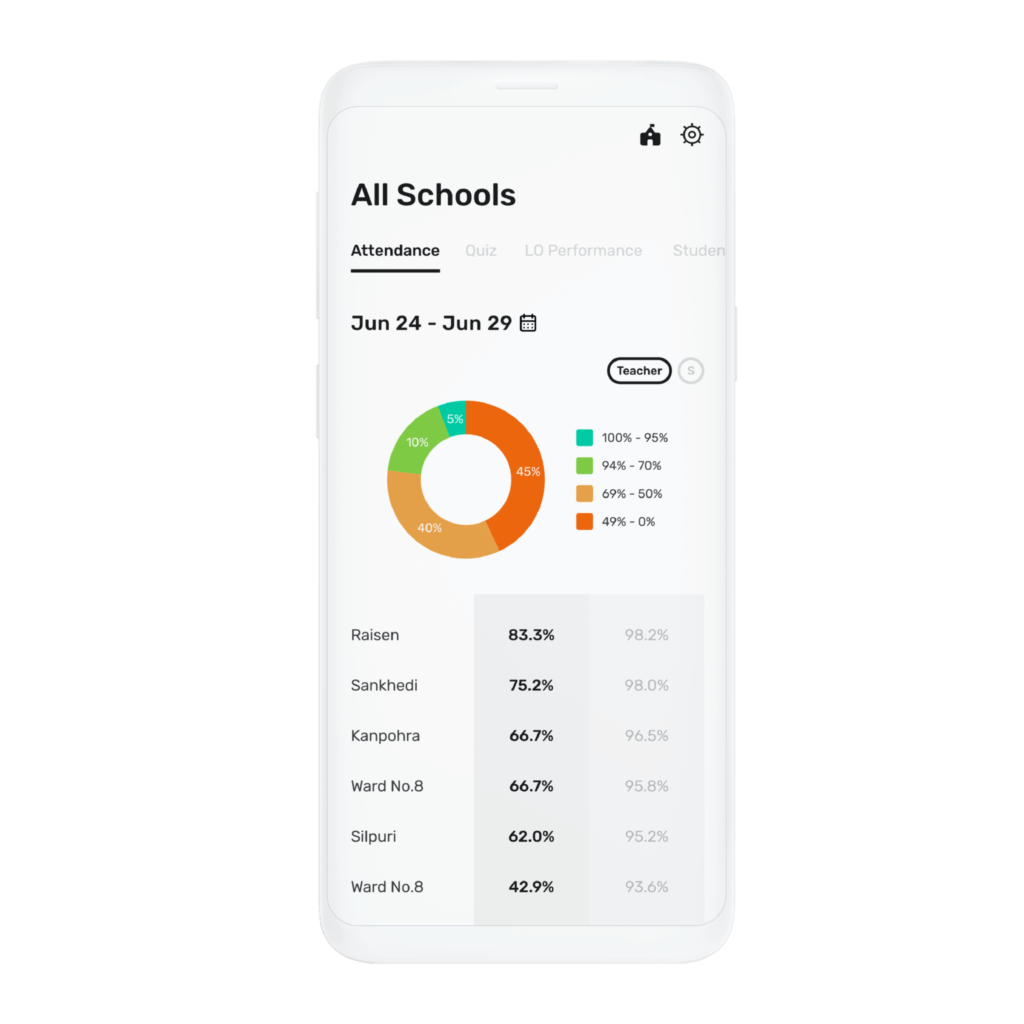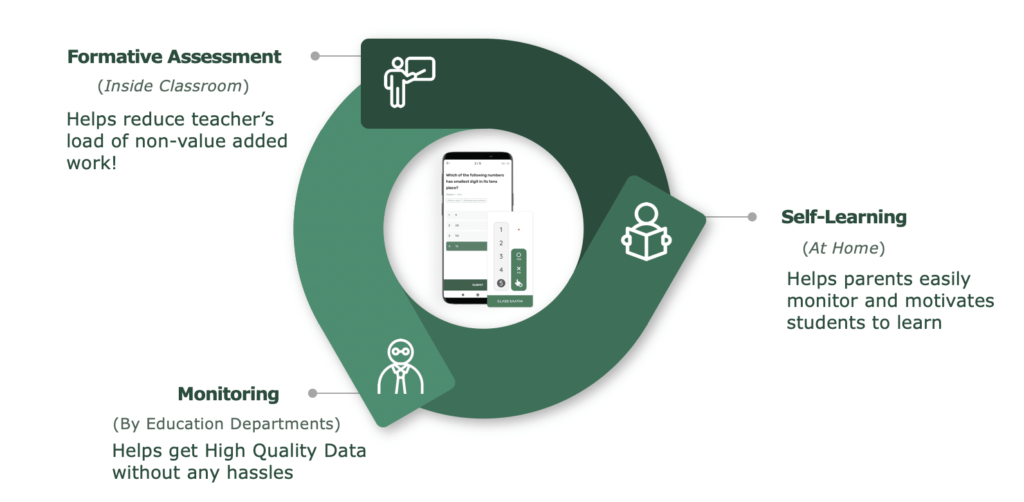
Education is an ever-evolving space poised for explosive growth. A person armed with quality education can access opportunities globally. However, when these access channels are blocked by uncontrollable problems, addressing them becomes a policy-level issue.
To help organisations working in education tailor their interventions on a well-regulated level, the Government of India issued a policy framework called the National Education Policy (or the NEP as we now know it).
The National Education Policy, drafted in the year 2019, with immediate effect from 2020, states that, in order to comply with the Sustainable Development Goal 4 (SDG4 of the 17 Sustainable Development Goals, as issued by the United Nations in 2015), the public must have access to “inclusive and equitable quality education and promote lifelong learning opportunities for all”, by the year 2030.
The NEP boldly aims to create an educational environment that propels India into the global top 20. As is only natural, NEP recognises the need for technological integration to create an educational environment that facilitates learning on a teacher and student level with full compliance with transparency and accountability. The policy upgrade reiterates the need for Artificial Intelligence and Big Data to help realise this feat. Can this be achieved?
At first glance, addressing this overarching problem may seem challenging, given India's diverse issues and multitude of needs.
Coupled with issues like lack of affordability and accessibility, the problems only seem drearier. But, at TagHive, a Samsung funded venture, we believe that we bear the solution and the scalability required to comply fully with the NEP, thereby achieving all our SDG4 goals.
Let’s take a look at some of the criteria and how we support them:
(If you are short on time, watch this video. It covers most of the essential points of this blog.)
1. Use and Integration of Technology (23.3):
The NEP acknowledges that there is an immense need for technological solutions to modern day educational problems. It understands the need for quick, accessible, evaluative techniques to not just improve student outcomes, but to also evaluate teachers’ performances. Class Saathi's core principle is to assess and provide real-time scores, holding all key parties accountable to their educational goals.
2. Ensuring Equitable Use of Technology (24):
Technology is exciting and using it in a classroom is fun. What happens if we assign a high monetary value to its access? Only the privileged few will be able to benefit from it (as is the case in most developing countries).
We, the Class Saathi team, believe that good education is a leveller and nobody should be denied access to quality education simply because it is too expensive. Hence, we developed a product that makes technology, both in class and at home, available for a sum, next to nothing.

3. Foundational Numeracy (2):
As per the numbers published in the NEP, a whopping 5 crore (50 million) number of primary school students do not have the ability to comprehend basic mathematical concepts like addition, subtraction, multiplication, etc.
To target this issue, Class Saathi designs quizzes at varying difficulty levels (Easy, Medium, Hard) for every primary age group, eliminating the need for age-wise skill testing and focusing on the child's learning level. This helps motivate students to scale difficulty levels and allows them to be their own agents of learning.
4. Curtailing drop-out rates (3):
Another grave statistic to observe is that 3.22 crore (32.2 million) students between the ages of 6-17 are out of school. One of the reasons for this, as prescribed by the NEP, is that a significant number of these students cannot comply with the learning requirements of that age.
Class Saathi intervenes here by giving them the opportunity to overcome their learning lags. We want to ensure student retention by helping them scale these learning potentials.
5. Teacher Education (15):
We know that teaching requires a lot of learning. Unfortunately, teachers in India lack opportunities for learning due to excessive administrative work. Class Saathi does all the grunt work for these overworked teachers by giving them student scores and performance data in seconds, thereby allowing them to intervene with better informed multi-disciplinary approaches.
6. Regulatory System in Teacher Education (15.3):
Often, children are blamed for underperformance, while the teaching approach in classrooms could be the issue. The NEP emphasizes the evaluation of every teacher's performance to achieve quality education goals, not just student performance.
Class Saathi fully agrees and supports this notion since we have created a platform that reflects not just student performances, but also reflects a teacher’s performance average in class thereby allowing concerned authorities to take corrective action without delays.

7. Formative Assessments over Summative Assessments (4.3):
A successful education model tests a student's competency and comprehension, rather than relying solely on memorization. The “chew and spew” method of assessing a student is dangerous and sets a wrong precedent that allows them to believe that every learning year is only a one-time examination investment.
The NEP recognises this as a policy failure and suggests overlooking summative examinations (chew and spew) for a regular, more formative form of assessment, designed to test the understanding and retention of a student. Our Class Saathi quizzes are based on key concepts of important chapters, built to sustain a formative system of assessment, that prompts students to go back to the topics they haven’t understood.

The development of a country requires the support of educated citizens. While this is a fact that is fairly well established, what the NEP is trying to redefine is how we look at education. We live in an era where global education standards are being replicated locally. This means that students now have a more independent approach towards curating their learning models.
It is this confidence and self-regulatory mechanisms that Class Saathi aims students to instil through the continued use of our app. We believe that enabling a learning culture where all key stakeholders are independently accountable for their roles is what will grant greater academic outcomes.
We loved reading the National Education Policy and we see great values in what government policy is trying to achieve. However, we are not silent admirers. We are actively modelling our support, by providing schools, teachers and administrators, a product that not only shares its vision, but also pioneers its mission.
If you’d like to join us on our journey for better education, see what we have built at www.tag-hive.com, or reach out to us at [email protected] to discuss how we can work together.

